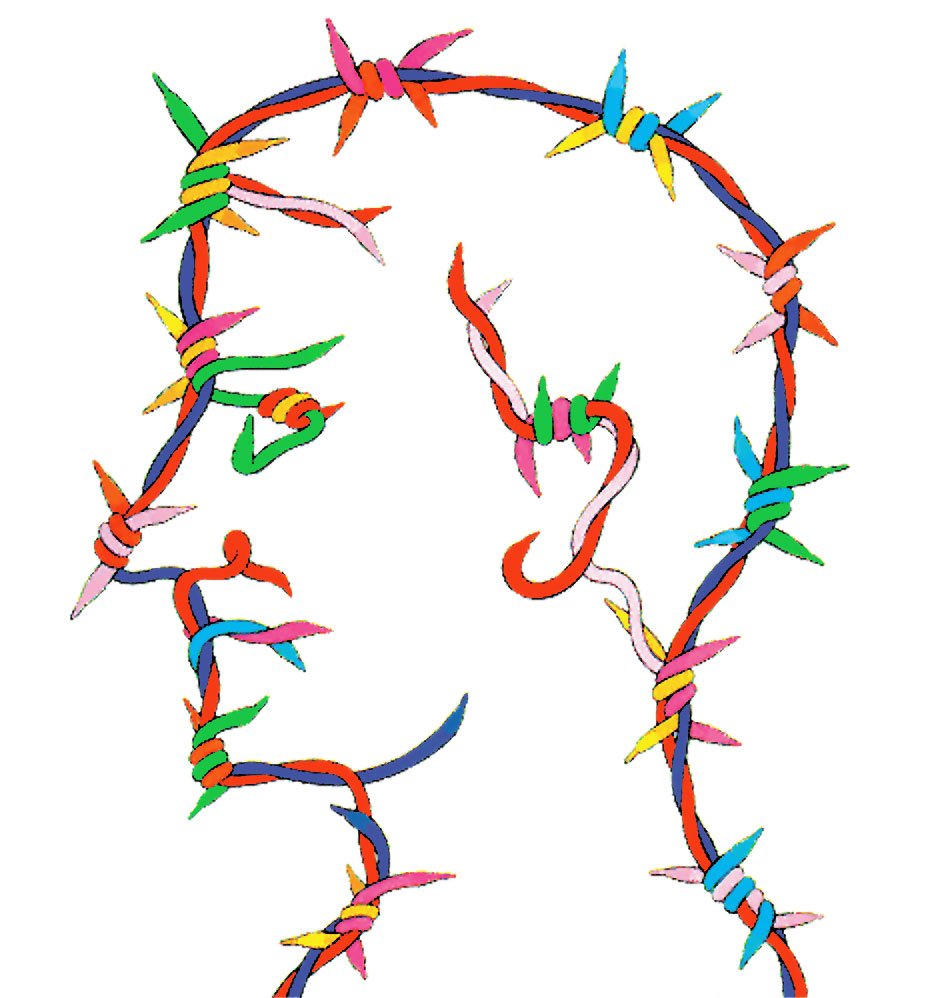 Different scientific dimensions have discussed the understanding of homosexuality and its reasons. Passing a long way homosexuality is currently seen as one type of sexual orientation in the mental health field. Sexual orientation is a person’s emotional, romantic and sexual attraction to an other person (APA, WHO, ILGA Europe) that is to say homosexuality is a person’s romantic and sexual attraction to a person of the same sex.
Different scientific dimensions have discussed the understanding of homosexuality and its reasons. Passing a long way homosexuality is currently seen as one type of sexual orientation in the mental health field. Sexual orientation is a person’s emotional, romantic and sexual attraction to an other person (APA, WHO, ILGA Europe) that is to say homosexuality is a person’s romantic and sexual attraction to a person of the same sex.
In the past homosexuality was considered a crime and afterwards as mental disorder. In the end of 20th century health and psychiatric organizations removed homosexuality from the list of international classifications of mental disorders. Nowadays two mental disorders classification systems are established and being practiced by international professionals. The first one is the International Classification of Diseases (the last revision is ICD-10, from now: ICD) developed by the World Health Organization (from now: WHO) which is accepted in different countries, as well as in Armenian psychiatric and psychotherapeutic practice. The second one is Diagnostic and Statistical Manual of mental disorders (the last revision is DSM-V, from now: DSM) developed by the American Psychiatric Association (from now: APA) which is mainly used in American psychiatric and psychotherapeutic practice but is accepted in other countries as well.
Until the 19th century homosexual activities were discussed from moral, religious and legal approaches, considering it as a “crime against nature” or “sodomy” and being pursuit by law. In Armenia it was considered a crime until 2003. According to the changes in the RA Criminal Code homosexuality was decriminalized, in other words homosexual relations were not considered to be criminally punishable anymore. During 19-20th century homosexual relations appeared in the attention of medical and psychiatric communities being seen as mental disorder. Until 1930’s homosexuality was explained by inversion hypothesis in the medical practice. According to this hypothesis homosexuality was caused by biological factors, “genes” influences. Homosexual people were neuro-endocrinological hermaphrodites (Hirschfield) who have anatomical and physiological differences from heterosexual people.
During this period of time two approaches were stated about the reason of homosexuality from the psychoanalytic point of view. According to the first one (Freud) homosexuality for some people was seen as sexual pervasion that was the reason of unfavorable overcoming of sexual development stages and assumed psychotherapeutic intervention. And in some cases it was seen as a reason of normal development process and was a form of expression of human instinct. According to the second view (Rado and followers) homosexuality was considered as phobic avoidance of the other sex caused by parental prohibitions during childhood sexuality and assumed “treatment”. The psychoanalytic school was hampered to remove homosexuality form the list of mental disorders for a long time.
In 1949 the World Health Organization included the section of mental disorders in ICD-6, and in 1952 DSM-I was published by the American Psychiatric Association. In both classifications homosexuality was included as a mental disorder. The further changes in both classifications have been influenced by several factors. First of all, during 1940-1950s two psychologist-researchers (Evelyn Hooker and Alfred Kinsley) published the results of their research about homosexuality. According to the research results homosexuality and heterosexuality were not seen as counterpoints but as poles of expressions of the same phenomena: sexual orientation. On the other hand, during 1970s social and political activities began to influence on this issue, when gay activists started protesting against the psychiatric and health communities. In 1970 they organized a protest during the American Psychiatric Association’s conference in San Francisco by breaking in the conference and expressing their point of view against the psychiatrists’ approach.
As a result taking in the consideration the activist movement protests as well as the results of psychological researches about homosexuality, the American Psychiatric Association revised DSM-II and removed homosexuality from the list of mental disorders in 1974. As compensation a new classification was added in DSM-II: “Sexual orientation disturbance”. According to this classification homosexuality wasn’t assumed as a mental disorder itself, but the disorder is diagnosed when an individual had distress related to the sexual orientation and wanted to change it. In DSM-III it was replaced by “Egodystonic homosexuality”, having the same meaning. In future revisions (DSM-III-R (1987), DSM-IV (1994), DSM-IV-TR (2000)) was removed from the classifications and replaced with “Sexual disturbance not otherwise specified”. At the moment some changes were made in DSM-V (2013) and the “Sexual disturbance not otherwise specified” was removed because the mentioned definition didn’t consider it as practically useful.
In the ICD homosexuality was removed from the list of mental disorder as a separate disorder in 1992 and was distinguished from the gender identity disorders (ICD-10). However, two disorders related to the sexual preference continue to exist in the list of mental disorders. The first one is “Sexual maturation disorder” when the individual suffers from uncertainty about his or her gender identity or sexual orientation, which causes anxiety or depression. And the second one is “Ego-dystonic sexual orientation” when the gender identity or sexual preference is not in doubt but the individual wishes it was different because of associated psychological and behavioral disorders and may seek treatment in order to change it. Nowadays the WHO is revising ICD and planning to publish ICD-11 in 2017. “The working group” who is revising the classifications of “Sexual disorders and sexual health” suggests removing the “Psychological and behavioral disorders associated with sexual development and orientation” point from ICD-11, because it does not meet human rights standards. Besides currently there is a lack of experimental studies that can prove the pathological nature of the different expressions of sexual orientation.
Thus, the changes in understanding homosexuality and its removal from the international classifications of mental disorders were caused by several factors. Firstly, the discussion of homosexual relations moved from the religion and legal fields to medical and psychiatric and later to political and social communities’ field which led to highlighting of human rights. Moreover, the international classifications of mental disorders started to develop themselves by including the importance of human rights priority and making decisions based on the objective research data. And finally, the changes were also related to the political and social movements’ evolvement that provided the space to view homosexuality from other perspective.
Lilit Avetisyan



